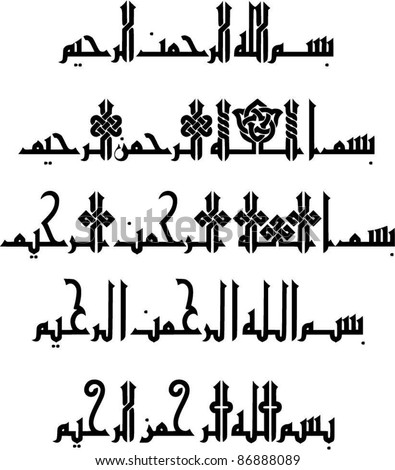The East Asian style, also considered old calligraphy, dates back to 200 B.C. There are no ready parchments available today to prove its worth, but it has been found carved in tablets showing traces of ink long since dried into impressions. Similarly the Japanese and Chinese old calligraphy writings are works of art done with brushes instead of pens. These brushes have different hair types for work in different styles.
India too boasts of old calligraphy works dating back to 265 B.C. when copper was used as the main media for inscriptions of calligraphy. In addition, calligraphers used materials such as palm leaves and birch barks for the purpose. The leaves were cut into long rectangular strips of uniform size tied together by a string sent through a hole in the leaves. Indian calligraphy gained its renown with its writing on palm leaves that are delicate and easy to write on.
Other important countries who can boast of a rich history in old calligraphy are Saudi Arabia, Iran, Tibet and Nepal. Iran has made use of Arabic calligraphy to write the world famous Qur'an and other holy books of different religions. Old calligraphy cannot be considered a thing of the past since it has turned the written word into a thing of beauty, bringing the world together by giving special awareness of various religions and styles.


